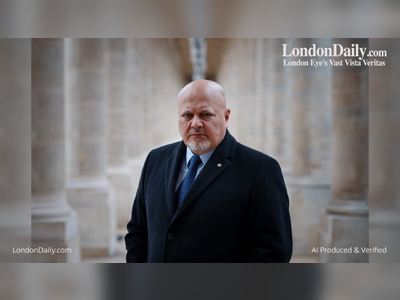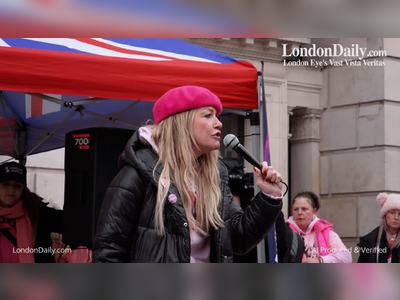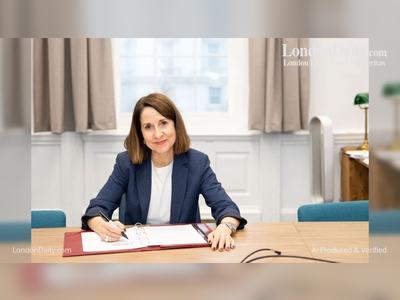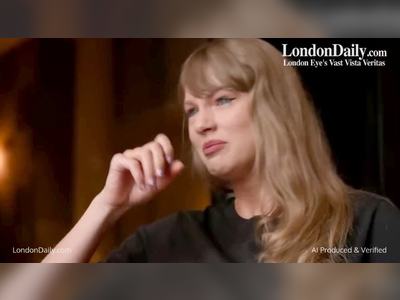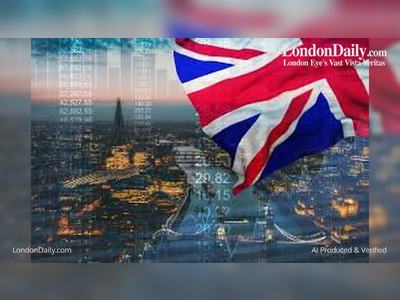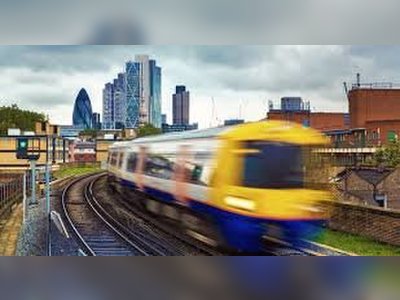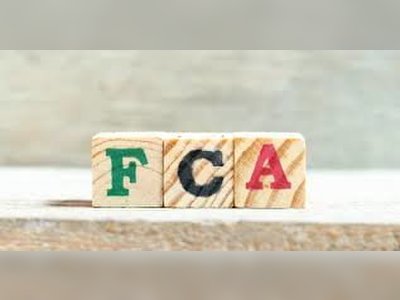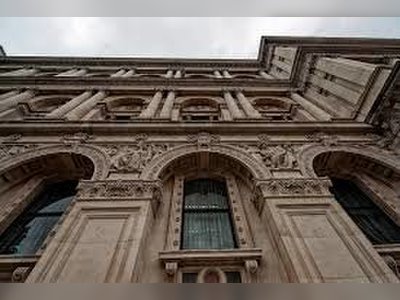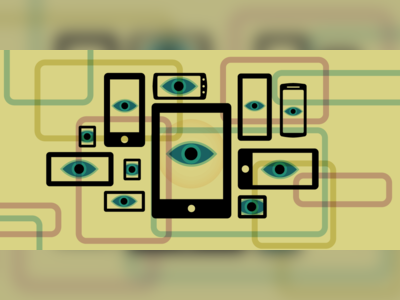
Understanding the Cabinet: Roles, Selection, and Functions
The cabinet is the Prime Minister's top team, made up of MPs and sometimes members of the House of Lords. Each minister looks after specific areas such as the economy, education, and culture, and the Prime Minister reshuffles them as needed. Cabinet meetings happen in 10 Downing Street, and ministers receive extra pay but face high accountability.
The cabinet is the Prime Minister's top team, made up of MPs and sometimes members of the House of Lords, known as ministers or secretaries of state.
There can be up to 22 full cabinet ministers, with over 30 people attending overall.
Each minister is responsible for specific areas such as the economy, education, and culture, with roles like the chancellor of the exchequer handling financial matters.
A shadow cabinet mirrors these roles from the opposition.
The Prime Minister selects and reshuffles the cabinet, often appointing supporters to top jobs.
Ministers do not need to be experts in their field; they rely on advice and decide departmental actions based on funds, promises, and voter impact.
The implementation of decisions lies with civil servants.
Cabinet meetings are held in a special room in 10 Downing Street, usually on Tuesday mornings.
Ministers get an additional salary of around £67,000 and face high accountability, often resigning if their departments fail.
There can be up to 22 full cabinet ministers, with over 30 people attending overall.
Each minister is responsible for specific areas such as the economy, education, and culture, with roles like the chancellor of the exchequer handling financial matters.
A shadow cabinet mirrors these roles from the opposition.
The Prime Minister selects and reshuffles the cabinet, often appointing supporters to top jobs.
Ministers do not need to be experts in their field; they rely on advice and decide departmental actions based on funds, promises, and voter impact.
The implementation of decisions lies with civil servants.
Cabinet meetings are held in a special room in 10 Downing Street, usually on Tuesday mornings.
Ministers get an additional salary of around £67,000 and face high accountability, often resigning if their departments fail.
